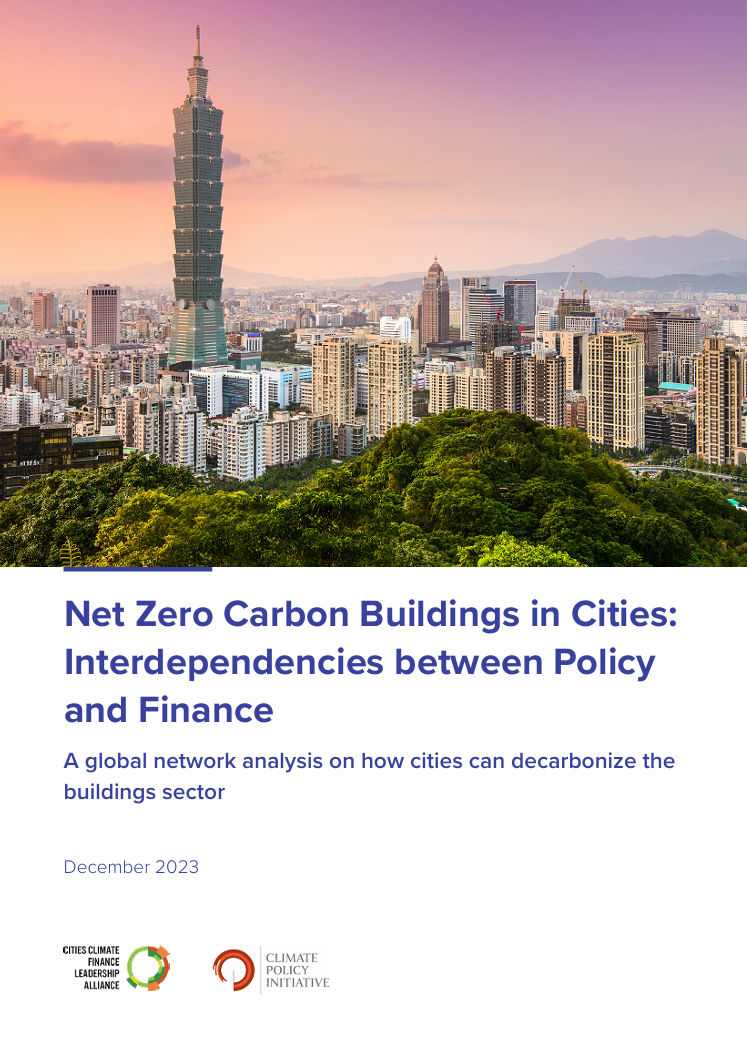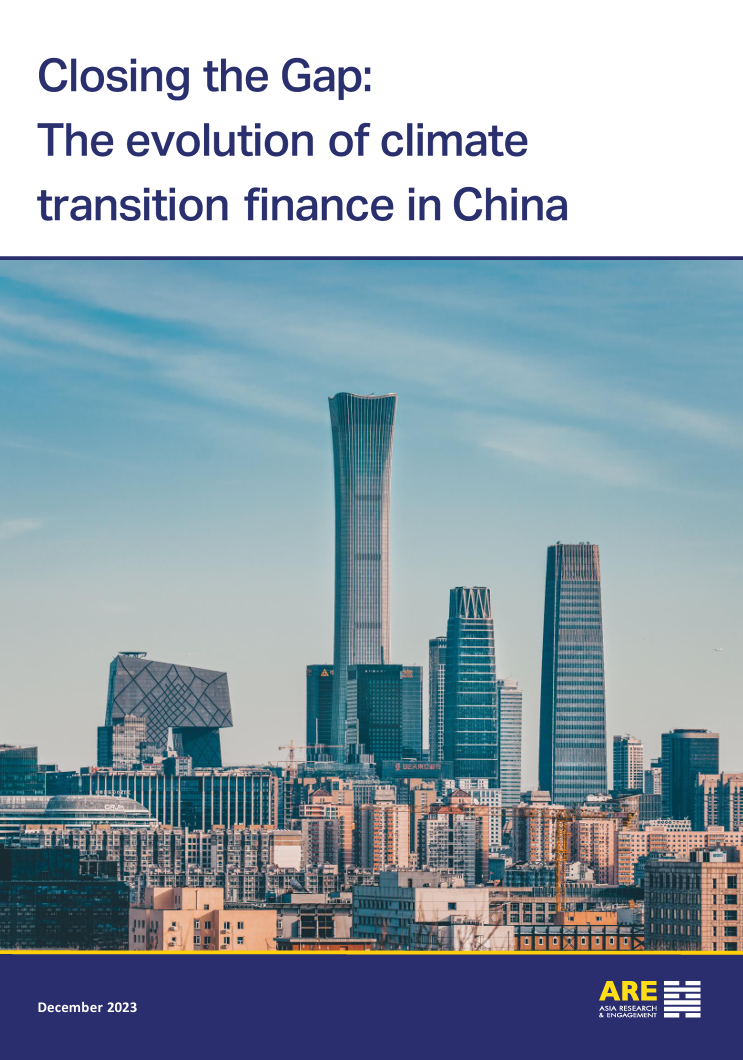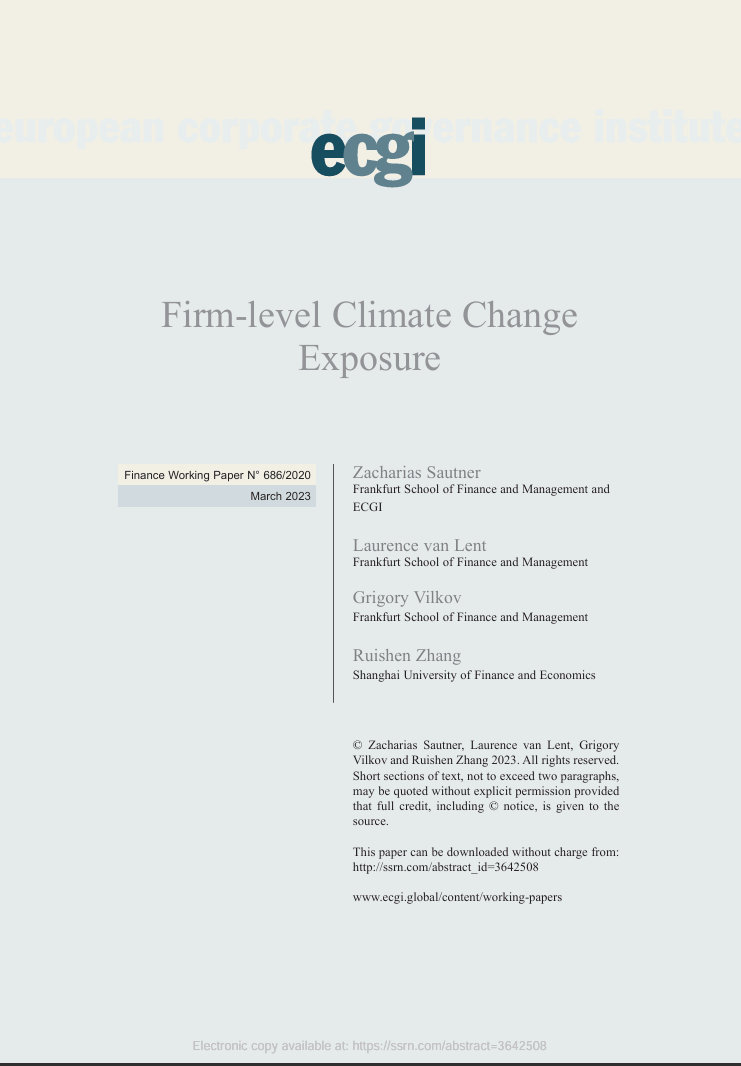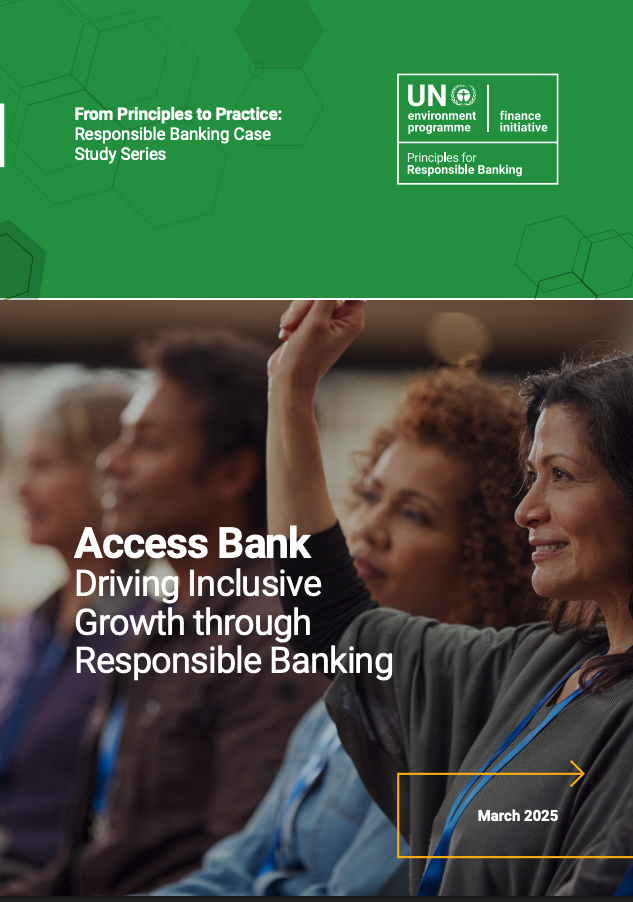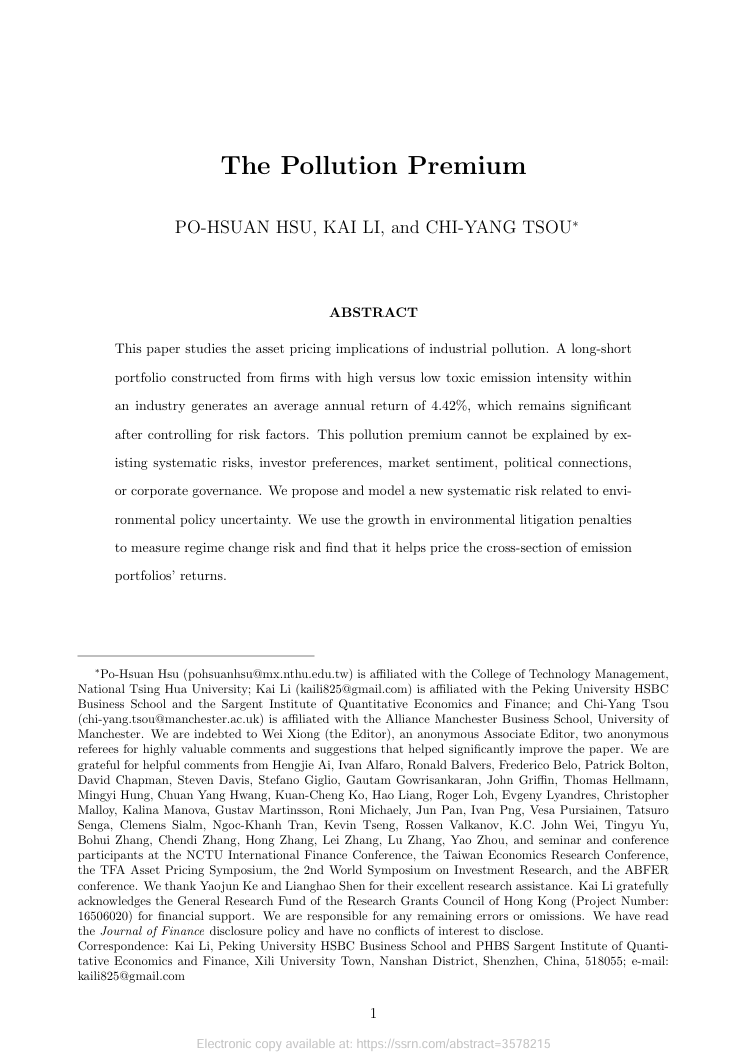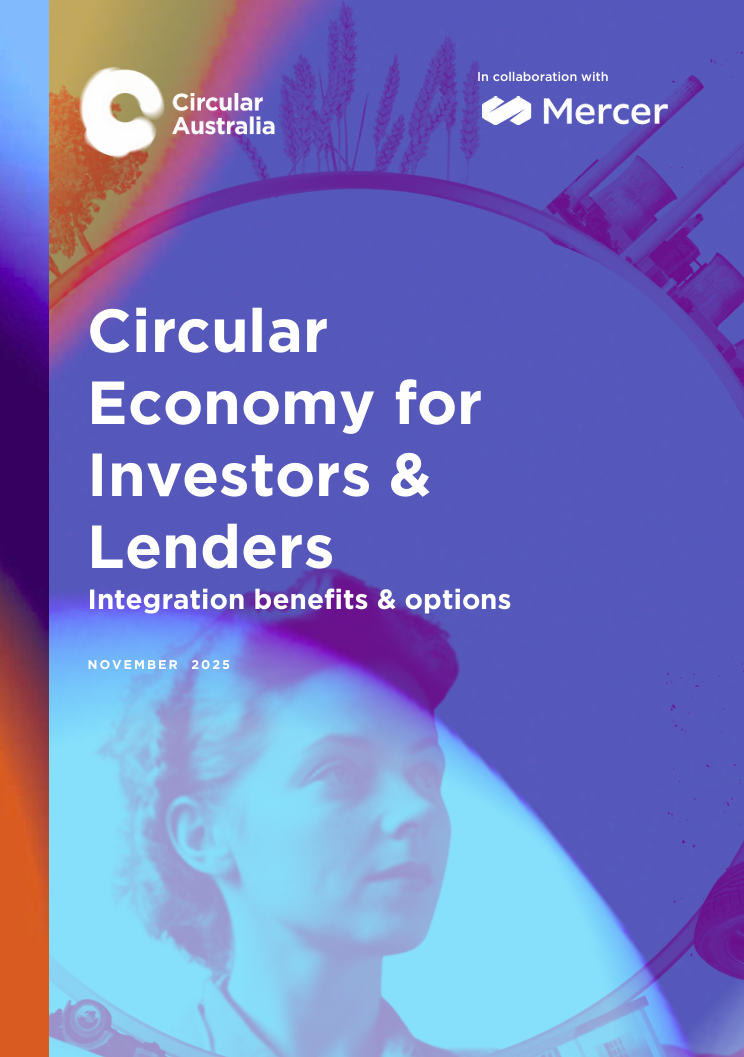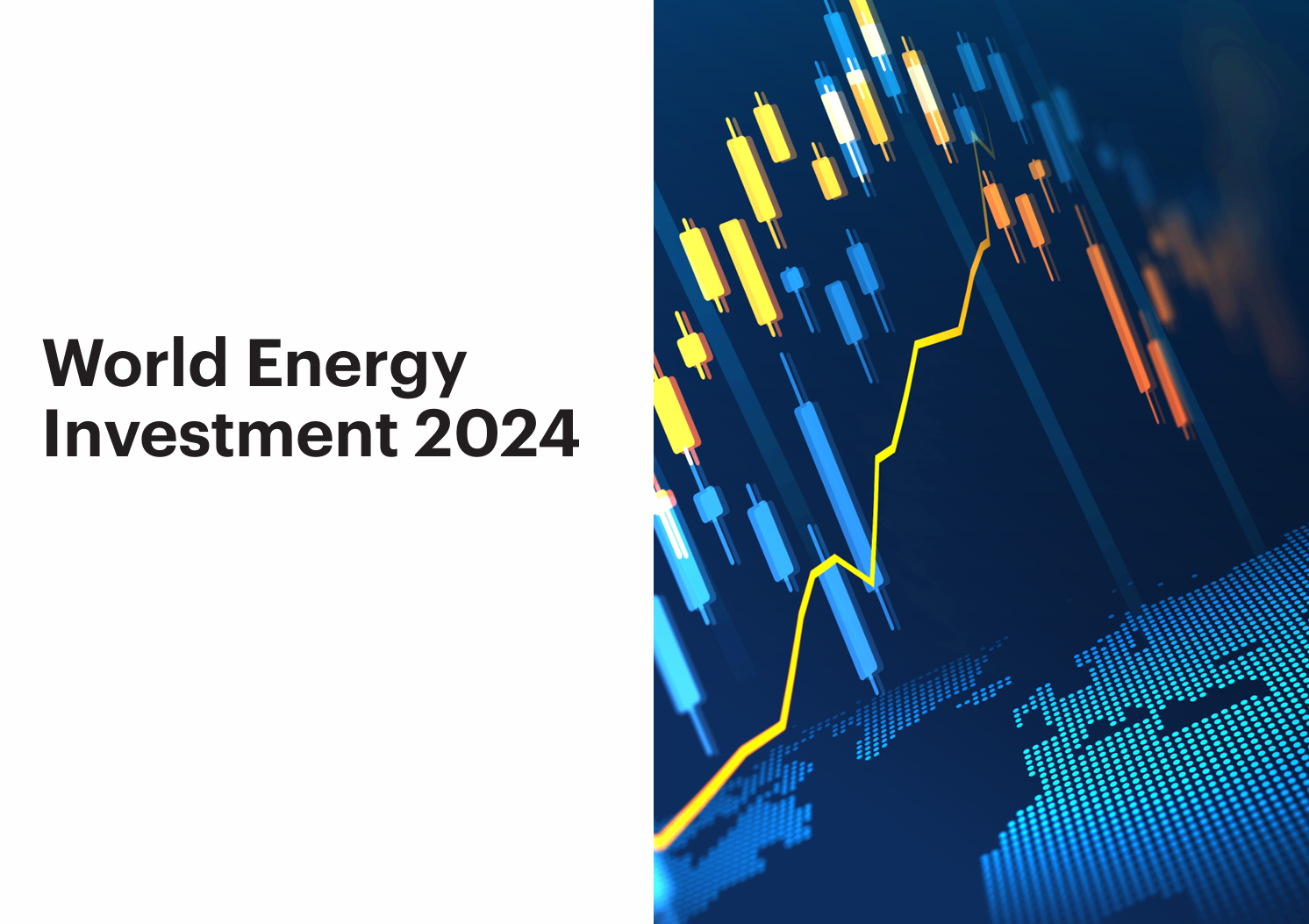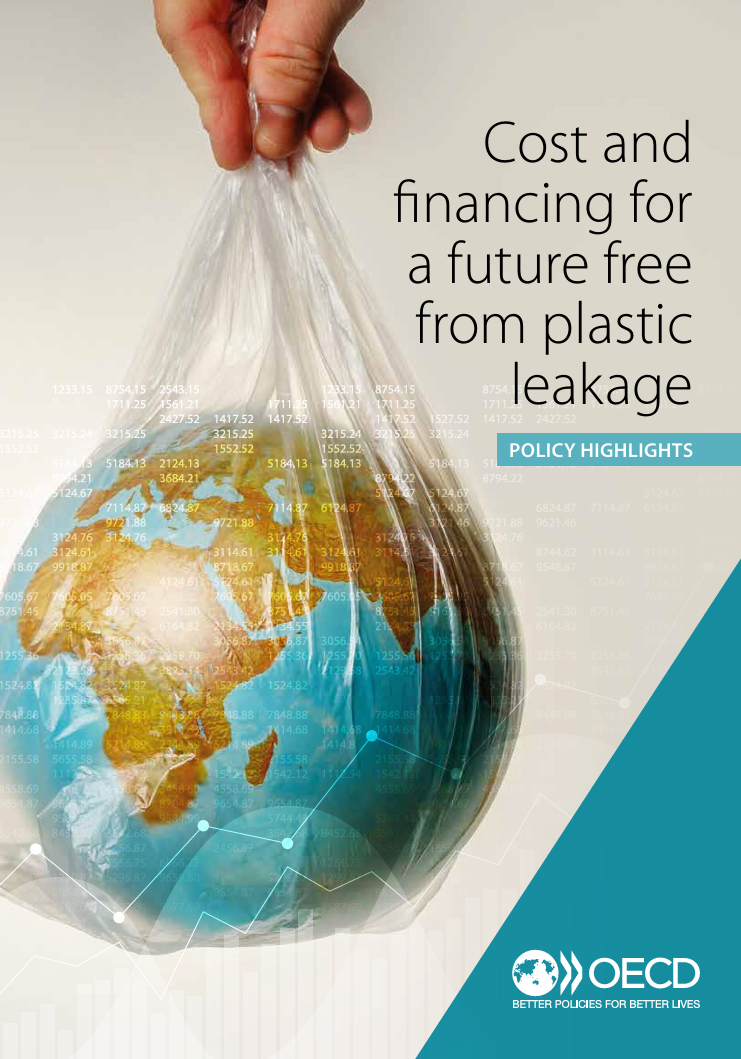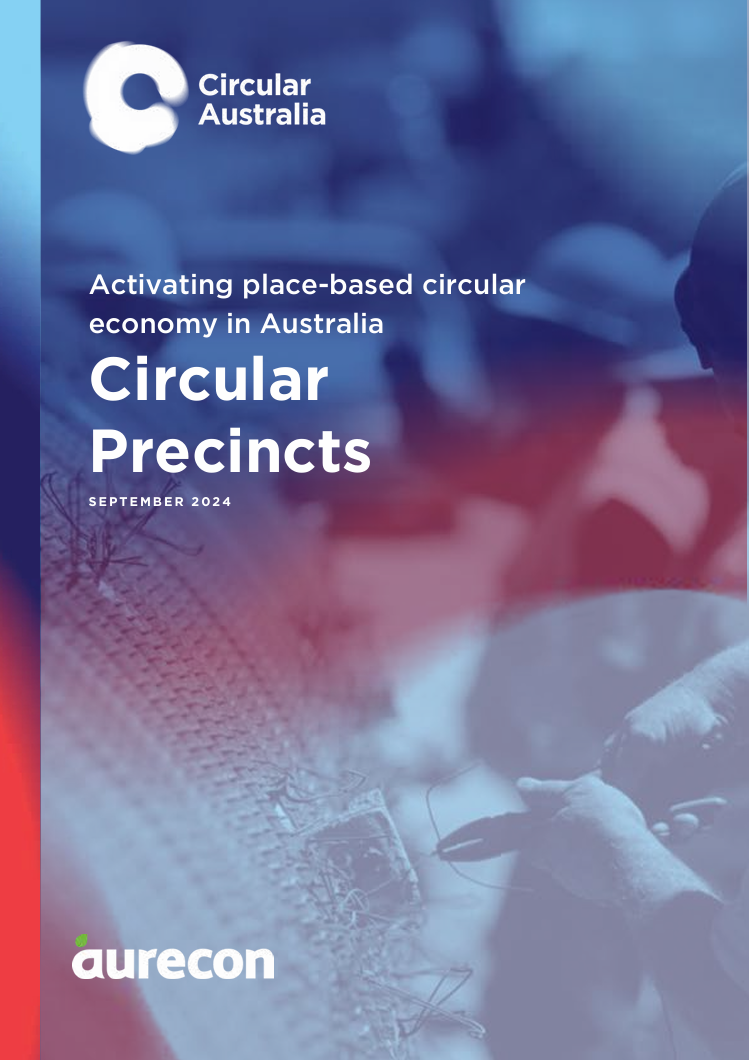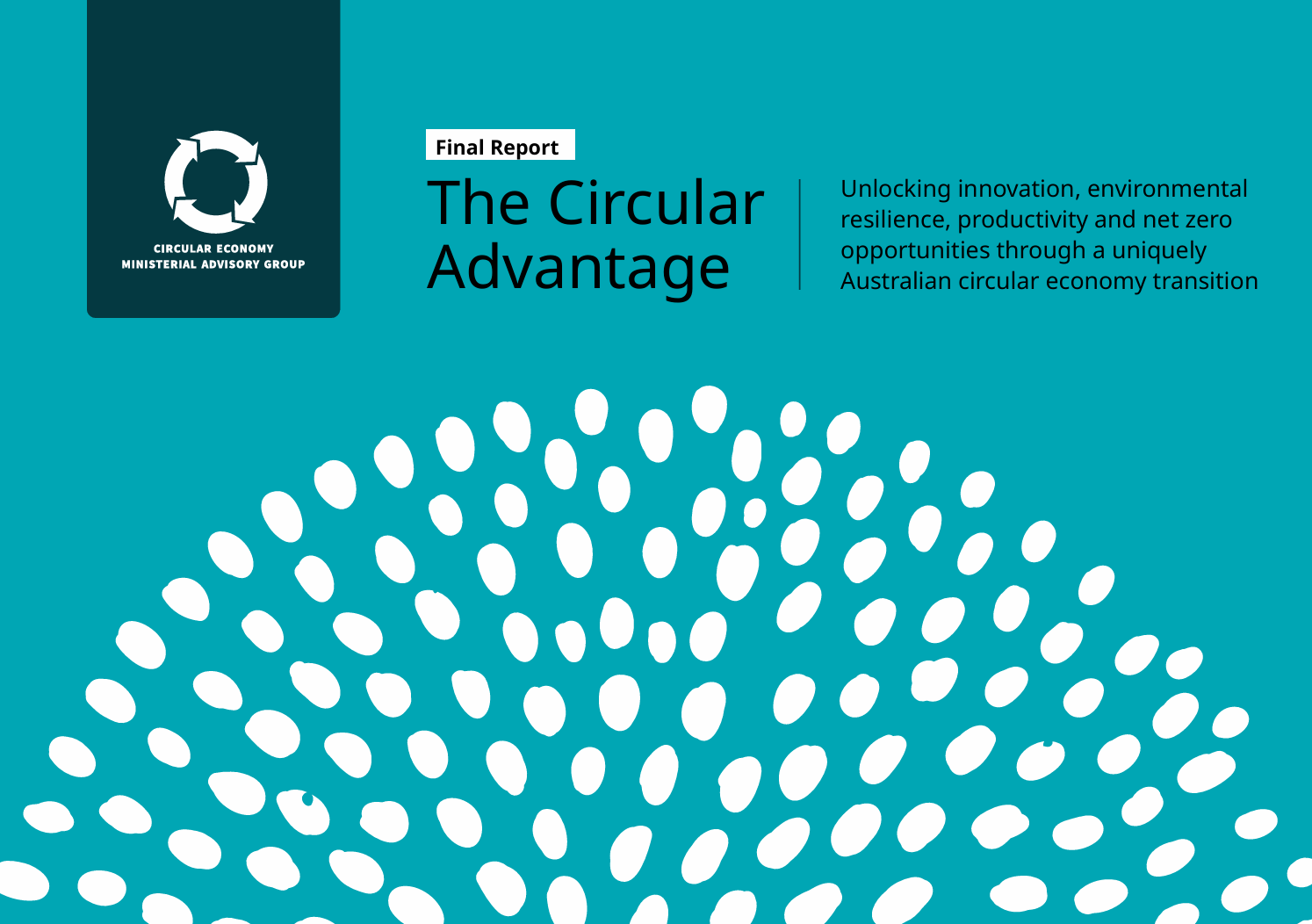Library | ESG issues
Environmental
The environmental pillar in ESG (environmental, social, and governance) assesses an organisation’s impact on the planet. It includes issues such as climate change, biodiversity, waste management and water management. Strong environmental practices help businesses reduce risks, comply with regulations, and drive long-term sustainability.
Refine
1219 results
REFINE
SHOW: 16


Net zero carbon buildings in cities: Interdependencies between policy and finance
This report analyses how cities can decarbonise buildings by mapping the interdependencies between policy and financial instruments and the barriers they address. It highlights priority actions for cooling, embodied carbon, adaptation and a just transition, outlining pathways that help cities sequence measures to accelerate net zero building outcomes.
Cities Climate Finance Leadership Alliance (CCFLA)
Cities Climate Finance Leadership Alliance (CCFLA) is a global multi-stakeholder coalition mobilising finance for urban low-carbon and climate-resilient infrastructure. It supports sub-national governments in developing bankable projects, strengthening enabling environments and closing investment gaps especially in emerging markets and developing economies.
Closing the Gap: The evolution of climate transition finance in China
China’s transition finance market is expanding to support the decarbonisation of high-emitting industries. The report outlines growth in green and sustainability-linked bonds, emerging transition frameworks, and ongoing debates on coal and gas inclusion, highlighting the need for clearer standards and broader financing tools to meet China’s 2060 climate goals.
Responsible Investment: Australian perspectives on Private Equity practices
This report outlines how Australian private equity firms are integrating ESG across the investment cycle in response to mandatory climate reporting, taxonomy alignment, and stakeholder expectations. It highlights evolving screening, due diligence, ownership, and exit practices, and shows how ESG integration can support value creation and strengthen competitive positioning.
Firm‐level climate change exposure
The report develops a machine-learning method to measure firm-level climate change exposure from earnings calls across 34 countries. It identifies opportunity, physical, and regulatory dimensions and shows that these exposures predict green hiring, green patenting, and are reflected in options and equity markets.
Access bank: Driving inclusive growth through responsible banking
This case study explores how Access Bank integrates the UN Principles for Responsible Banking into its operations, advancing green finance, financial inclusion, and gender equality. It highlights the bank’s green bond issuances, ESG frameworks, and stakeholder engagement, offering investors insight into sustainable finance practices within emerging markets.
The pollution premium
The report “The Pollution Premium” analyses how industrial pollution influences asset pricing. Using U.S. firms’ toxic emission data (1991–2016), it finds that companies with higher emission intensity earn around 4.4% higher annual returns than their low-emission peers, even after accounting for known risk factors. The study introduces environmental policy uncertainty as a new systematic risk, showing that firms more exposed to potential regulatory tightening demand higher expected returns as compensation.
Circular economy for investors and lenders series
This series explores how investors and lenders can integrate circular economy principles into financial decision-making. It outlines practical tools and frameworks for assessing risks and opportunities linked to circularity, helping finance professionals align portfolios with sustainability objectives while supporting Australia’s transition to a regenerative, low-waste economy.
World energy investment series
This benchmark series by the International Energy Agency provides annual analysis of global energy investment trends across fuels, electricity, efficiency, and technology. It tracks capital flows, financing patterns, and policy influences, offering a consistent reference on how investments shape the energy system’s evolution and transition.
Value chain collaboration: Unlocking circular markets in Australia
This report by Circular Australia and Arup identifies opportunities to build circular markets across five key Australian value chains—lithium batteries, PET bottles, green steel, low-carbon concrete, and textiles. It outlines current barriers, future pathways, and policy recommendations to improve resource efficiency, reduce emissions, and strengthen national economic resilience.
Cost and financing for a future free from plastic leakage: Policy highlights
The report summarises the costs and financing required to eliminate global plastic leakage by 2060. It finds that coordinated global action could nearly eradicate leakage, with modest global GDP impacts but higher costs for developing economies. Increased development finance and private-sector mobilisation are essential to achieving this goal.
What We Know About Deep-Sea Mining — and What We Don’t
This article explores the growing interest in deep-sea mining as a source of critical minerals for clean technologies, detailing how it works, its potential economic benefits, and the significant ecological and governance risks it poses. It also examines ongoing international regulatory disputes and alternative solutions such as recycling and circular mineral economies.
30by30
30 by 30 champions Australia’s commitment to protect 30 % of land and sea by 2030. Their campaign highlights the economic value of biodiversity, the urgency of habitat and species loss, and the need for government, business and communities to act. Explore resources, reports and ways to join the movement.
Activating place-based circular economy in Australia: Circular precincts
The report by Circular Australia and Aurecon outlines how place-based circular precincts can drive Australia’s transition to a circular economy by 2030. It presents frameworks, principles, and policy recommendations for governments, industry, and investors to create sustainable, resource-efficient, and collaborative precincts that support economic, environmental, and social outcomes.
Circular Australia
Circular Australia is an independent not-for-profit organisation accelerating the shift to a circular economy across Australia by 2035. It supports businesses, government and researchers through data-driven reports, education programmes, taskforces and pilot projects to design out waste, keep materials in use and regenerate natural systems.
The circular advantage: Unlocking innovation, environmental resilience, productivity and net zero opportunities through a uniquely Australian circular economy transition
The report the Circular Advantage outlines how Australia can harness a circular economy to drive innovation, productivity, and progress towards net zero. It recommends a National Circular Economy Policy Framework, harmonised regulations, sustainable finance integration, and collaboration with First Nations peoples, industries, and communities to build resilience and long-term economic opportunities.
